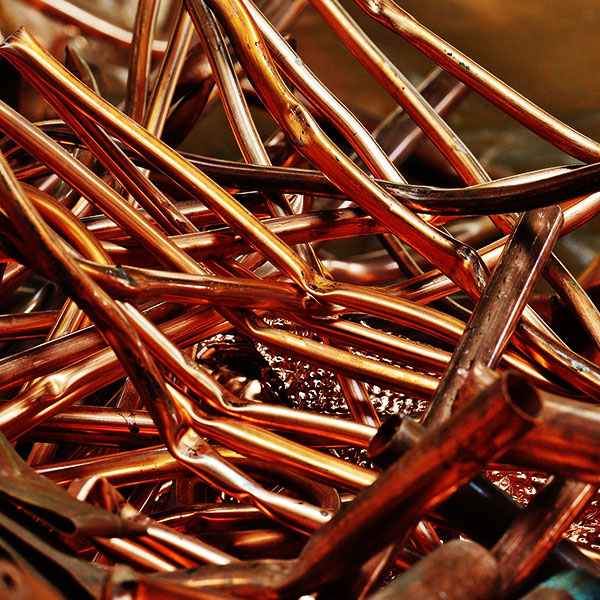The chemical elements are a thing of beauty. The building blocks of everything we know today.
The Periodic Table
The list of chemical elements that are known can be found on the periodic table, nicely organised. Dmitri Mendeleev 1834-1907 arranged the chemical elements that were known to him at his time, in rows according to their atomic weight. Modern versions are by atomic number, the number of protons in their nuclei. There are currently 118 known chemical elements. 94 occur naturally on earth, the rest are synthetic.
The periodic table and the chemical elements can be seen as an academic discipline, but in reality in our everyday lives, everything we experience from our physical bodies internally to the entire world external to us, is made up of a cocktail of the 118 elements. Each element is a cocktail of protons, electrons and neutrons, structured in specific ways.
Chemical cocktails
Everything in the universe from the stars and planets, to the device you’re reading this from is made from the chemical elements on the periodic table. The most abundant elements in the universe are hydrogen and helium. The number of elements needed to create the Earth, and us are actually quite basic and then trace elements of other things to make the chemical processes within us as complex as they are. But in terms of sheer numbers and amounts, it is quite amazing what things are made of.
Chemical cocktail number one
The earth. The earth contains around 90 elements that occur naturally however the bulk of the earth is only made of 8: Iron, oxygen, silicon, magnesium, sulphur, nickel, calcium and aluminium. There are trace amounts of the other elements.
Chemical cocktail number two
The human body. Around 99% of the human body is made up of 6 elements: oxygen carbon, hydrogen, nitrogen, calcium and phosphorus. There are another 5 which make up less than 1%: potassium, sulphur, sodium, chlorine and magnesium. These 11 total elements, out of 118 are vital for life. There are other elements that come into play like iron for our health in smaller quantities.
Chemical cocktail number three
The phone. Mobile phones contain at least 30 elements. Amongst them are copper, gold, silver, lithium, cobalt, aluminium, silicon, oxygen, potassium, yttrium, terbium and dysprosium. Unfortunately due to the issues with recycling, a lot of the elements used in phones are effectively redundant to us once thrown away. It can take around 1 -2 million years for a phone to decompose back into its original elements, current estimates say.
Dying Stars
The evolution of the chemical elements happens in space, within dying stars similar in size to that of our sun but bigger. The initial cloud from which the star will form will affect the star’s brightness, temperature, colour, size and lifespan. Hydrogen was the first element to form from the early universe, 13 billion years ago, from the soup of subatomic particles. It consists of one proton, one electron and no neutrons. Helium was also present in the early universe, with small amounts of lithium, but hydrogen was and is dominant.
See our blog on the Evolution of the First Atom for more information of the formation of the hydrogen atom.
Role of Gravity
Gravity is one of the fundamental forces of nature. Gravity will magnify even the slightest variation of the distribution of particles in space. If the particles in space were completely even distributed from the start, there could be no reactions between them, gravity won’t be able to act on anything and the universe would be completely stagnant. This isn’t our reality. From the current prevailing theory of the big bang, and the subsequent force of expansion, uneven distribution of particles is a feature of our universe and existence. The unevenness allows for energy flow, which allows the fusing of particles to form atoms and the fusing of atoms to form heavier elements.
Gravity acting on this uneven distribution, pulls hydrogen and helium together into huge clouds in the early universe with small amounts of lithium. As the atoms get close together with gravity, they become denser. As the density increases, so does the pressure and heat. When it reaches 10 million degrees Celsius, nuclear fusion fuses hydrogen atoms together and creates helium. A huge amount of energy is created when this happens. The colossal heat and energy generated by fusion reactions lights up the first stars.
Nuclear Fusion
The nuclear fusion reactions of hydrogen to helium will continue until the hydrogen source is used up. Gravity and expansion are in a balancing act during these processes. With the build-up of heat, pressure and energy, the star will expand, cools down on contact with the cool surrounding empty space, and gravity brings it back in again. The level of complexity just increased from the first atoms to the first nuclear fusions and first stars. The heating up and cooling down keep this process in flux but stable.
Once the hydrogen fuel is used up, the star will expand, gravity will contract it down and the core will heat up again. If the star is large enough, it will heat up to 100 million degrees Celsius, helium will become the fuel source for nuclear fusion. This doesn’t last as long as when hydrogen is the fuel source. Again, it will use the fuel source, expand and contract back down by gravity. Sometimes at this stage, some material is thrown out into space.
This process will continue, so long as the star is big enough, with the expanding and contracting of the dying star to create the elements of the periodic table up to and including iron, atomic number 26. Each stage uses the next level up of fuel source from the periodic table, with temperature increasing at every stage. Iron requires temperatures between 4,000 and 6,000 million degrees Celsius. The most abundant elements in the universe after hydrogen and helium are carbon, oxygen and nitrogen.
When the evolution of the elements hits iron and creates an iron core in the middle of the star, it collapses in on itself with gravity and explodes in a supernova, the final dying of a star. There are different phases a star can go through in its dying phase depending on the size and other factors. But a supernova is when the other chemical elements are created. The heat and pressure of this event is enough to cause nuclear fusion on immense scales, creating layers of the heavier elements after iron rapidly and blasting them out into space. The blasted elements would then be pulled back together by gravity slowly, as they are unevenly dispersed, and come together to create new clouds, from which new stars and planets will be formed.
Everything we are and have, is made from space dust. We are literally made of the same basic elements as the phone we hold, the chair we sit on, the people we love, and the stars in the night sky.





